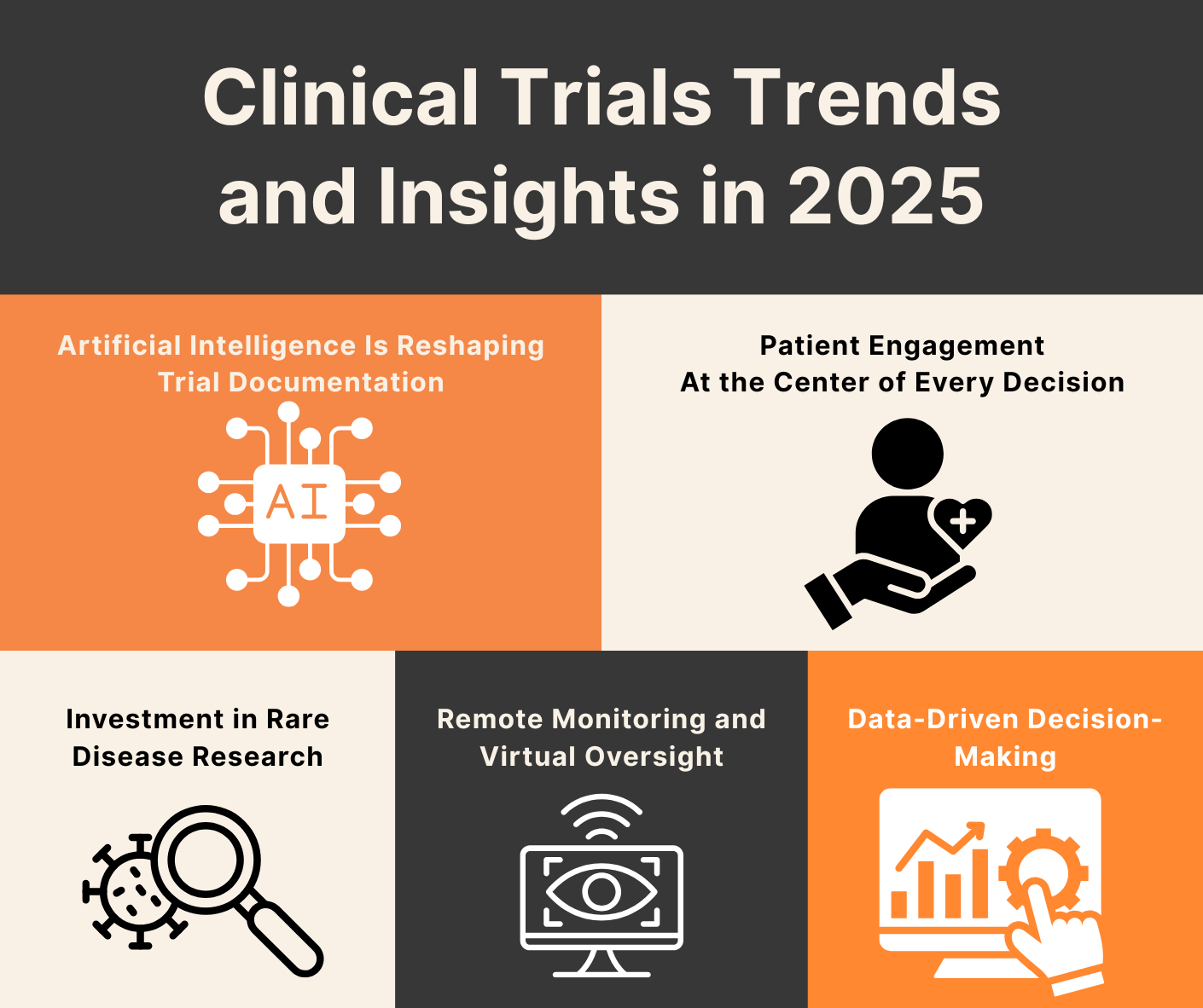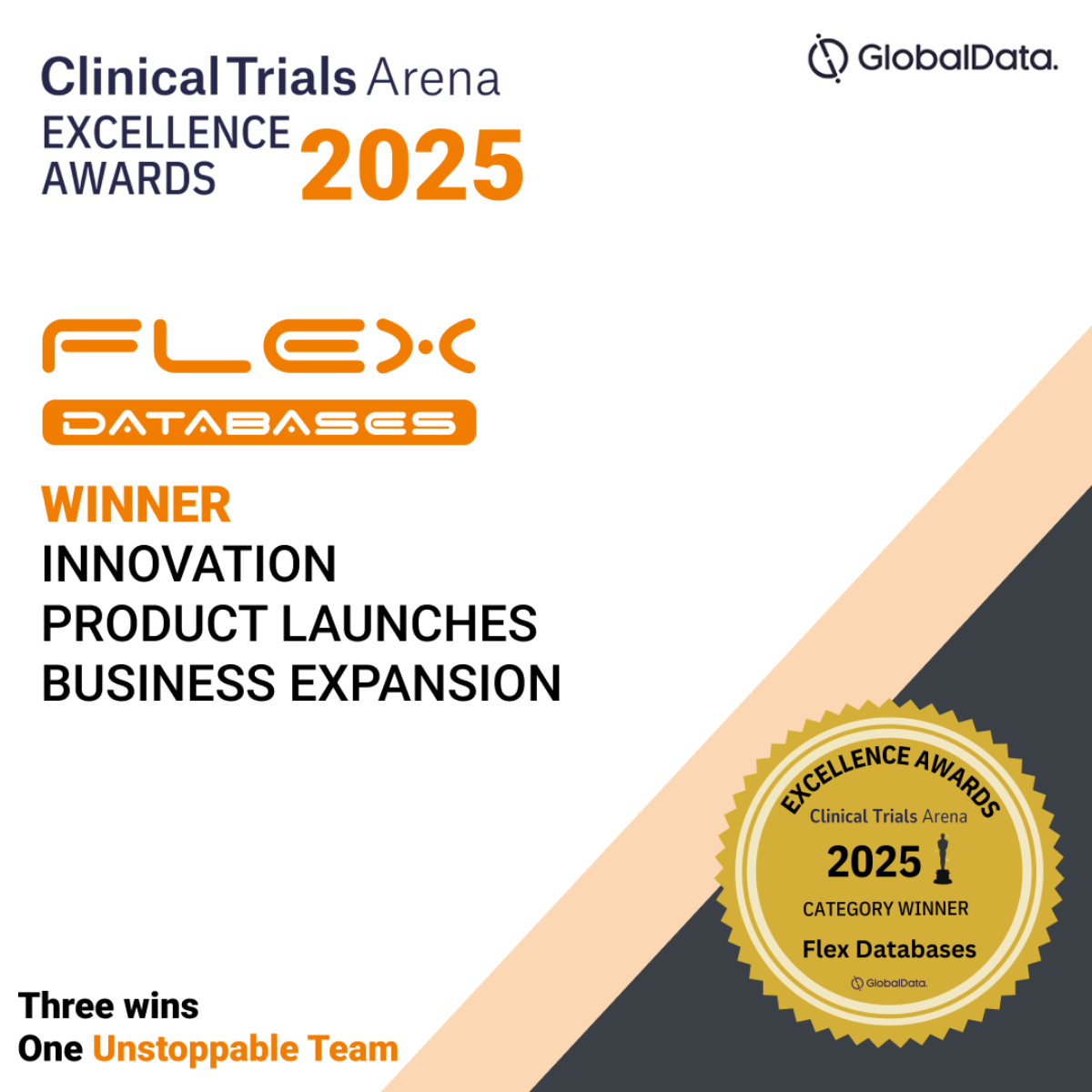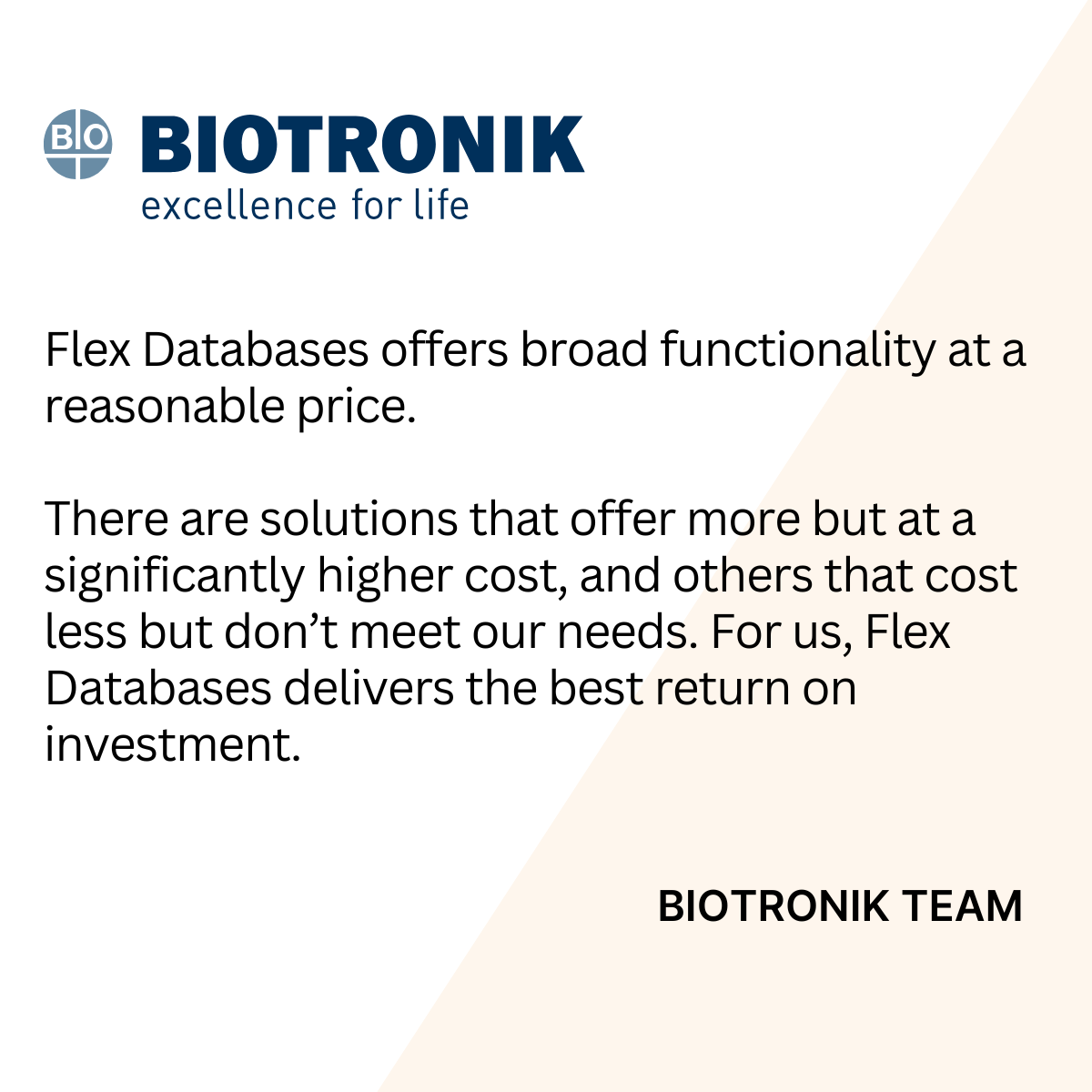Clinical Trials Trends and Insights in 2025
May 29, 2025

Clinical trials are evolving fast. In 2025, technology and smarter processes are reshaping how studies are run – making them faster, more efficient, and more patient-friendly.
In this article, we’ll explore the trends you can’t afford to ignore: from the growing use of AI to stronger patient engagement, remote trial management, and a renewed focus on rare diseases. Whether you’re a sponsor, CRO, or site, these changes are already impacting how trials are delivered – and which tools you’ll need to stay ahead.
Let’s take a closer look at what’s driving the future of clinical research.
Technology and Collaboration: Powering the Next Generation of Trials
Today’s clinical trials are more connected and collaborative than ever before. Central to this shift are digital platforms like Clinical Trial Management Systems and electronic Trial Master Files. These tools have gone from supporting roles to becoming essential parts of any successful clinical operation.
With solutions like Flex Databases, sponsors and CROs can manage everything – from study startup to site payments – in one unified system. Cloud-based access, real-time updates, and integrations with external systems (like EDC, safety databases, and labs) allow teams to stay aligned and act faster.
This level of digital collaboration is no longer optional. In 2025, it’s the standard for staying compliant, audit-ready, and competitive.
Artificial Intelligence Is Reshaping Trial Documentation
AI is no longer a futuristic idea – it’s actively changing how clinical trials are managed, especially when it comes to documentation.
At Flex Databases, we’ve built AI directly into our eTMF module to tackle one of the biggest challenges in clinical research: document management. Our AI automatically classifies documents, assigns the right metadata, and flags quality issues – significantly cutting down manual work.
This means your TMF stays inspection-ready without constant human oversight. Files are sorted and tagged accurately in real time. Review cycles become faster, and compliance improves across the board.
In 2025, tools like this are becoming essential for sponsors and CROs that want to scale without sacrificing quality. When AI handles repetitive TMF tasks, your team can focus on strategy, oversight, and delivering the study.
Patient Engagement: At the Center of Every Decision
Modern trials are built around patients – not just protocols. In 2025, patient engagement is a measurable part of trial success. Whether it’s through eConsent, mobile apps, telemedicine, or home visits, sponsors and CROs are redesigning trials to reduce patient burden and improve retention.
CTMS tools, like those from Flex Databases, now integrate recruitment and engagement data, giving sponsors full visibility into enrollment progress and patient touchpoints. This helps identify bottlenecks and improve communication strategies.
Decentralized and hybrid trials continue to grow, especially for chronic and rare diseases, where traditional trial participation can be difficult. The more convenient you make the trial for patients, the better the outcomes.
Remote Monitoring and Virtual Oversight
The shift to remote and hybrid monitoring models – accelerated by the pandemic – is now permanent. Sponsors and CROs are optimizing study oversight with centralized dashboards, virtual visits, and risk-based monitoring (RBM) approaches.
With Flex Databases’ CTMS, CRAs can schedule and track monitoring visits, manage follow-up tasks, and flag issues – all within one interface. This improves efficiency, reduces unnecessary site travel, and keeps studies moving forward without compromising on quality.
Meanwhile, remote access to eTMF allows inspectors and auditors to review documentation from anywhere, making global collaboration smoother and faster.
Data-Driven Decision-Making and Operational Efficiency
Clinical trials generate vast amounts of data – and in 2025, how you use that data defines your operational success.
Modern CTMS platforms offer advanced analytics and dashboards to help sponsors and CROs track KPIs, study timelines, site performance, and resource allocation. With real-time data, teams can identify risks early, make smarter decisions, and avoid delays.
Flex Databases offers built-in reporting tools and customizable dashboards that connect the dots across studies, systems, and geographies – providing a true single source of truth. This kind of visibility helps teams move from reactive to proactive operations, saving both time and money.
Continued Investment in Rare Disease Research
Rare disease research remains a top priority in 2025. Backed by strong regulatory incentives and growing patient advocacy, sponsors are launching more focused studies to reach underserved populations.
These studies are often smaller and more complex, requiring efficient tools to manage site networks, document compliance, and patient recruitment across multiple countries.
Flex Databases supports rare disease trials with flexible modules that scale to fit unique study designs – from customized workflows in eTMF to investigator databases that help identify experienced sites in niche areas.
In rare disease trials, every patient counts – and every system must perform flawlessly.
Final Thoughts
Clinical trials in 2025 are faster, smarter, and more connected than ever. Digital tools like CTMS and eTMF are no longer “nice to have” — they’re essential for staying competitive and compliant.
With innovations like AI-driven document management, remote oversight, and deeper patient engagement, research teams are equipped to run better trials – even in the most complex environments.
At Flex Databases, we’re proud to be part of this transformation. If you’re looking to future-proof your clinical operations, now is the time to adopt the tools that make a real difference.



